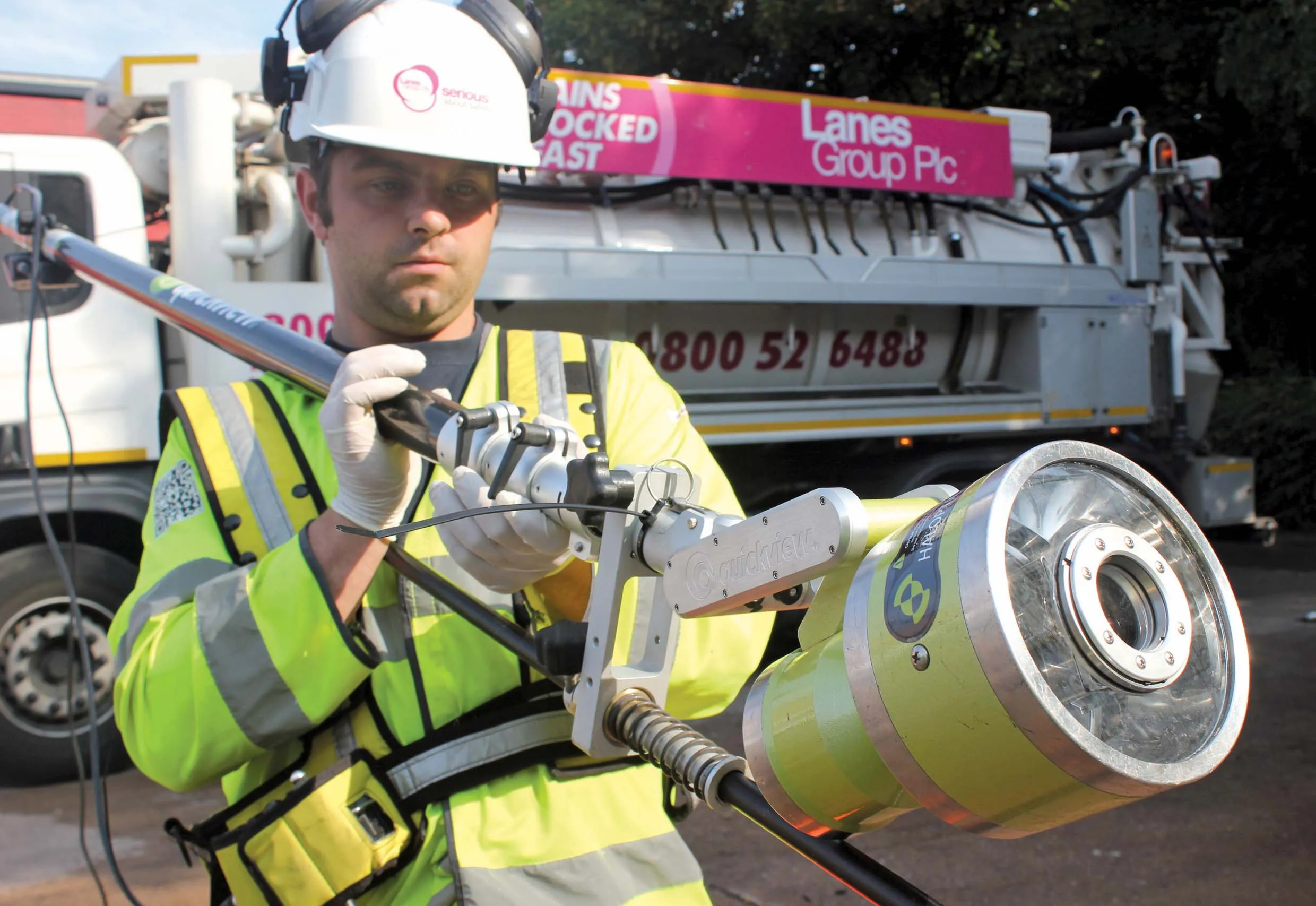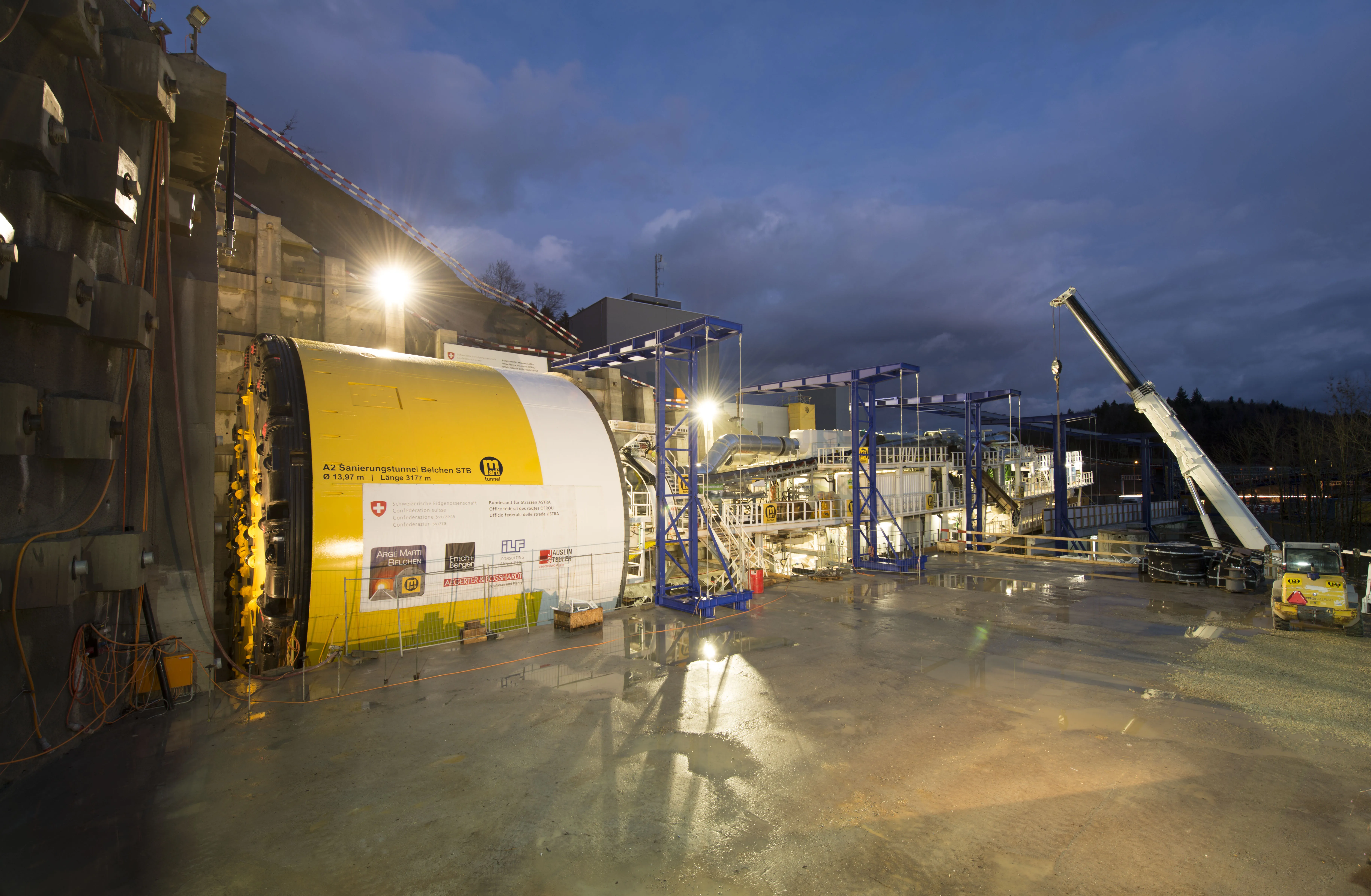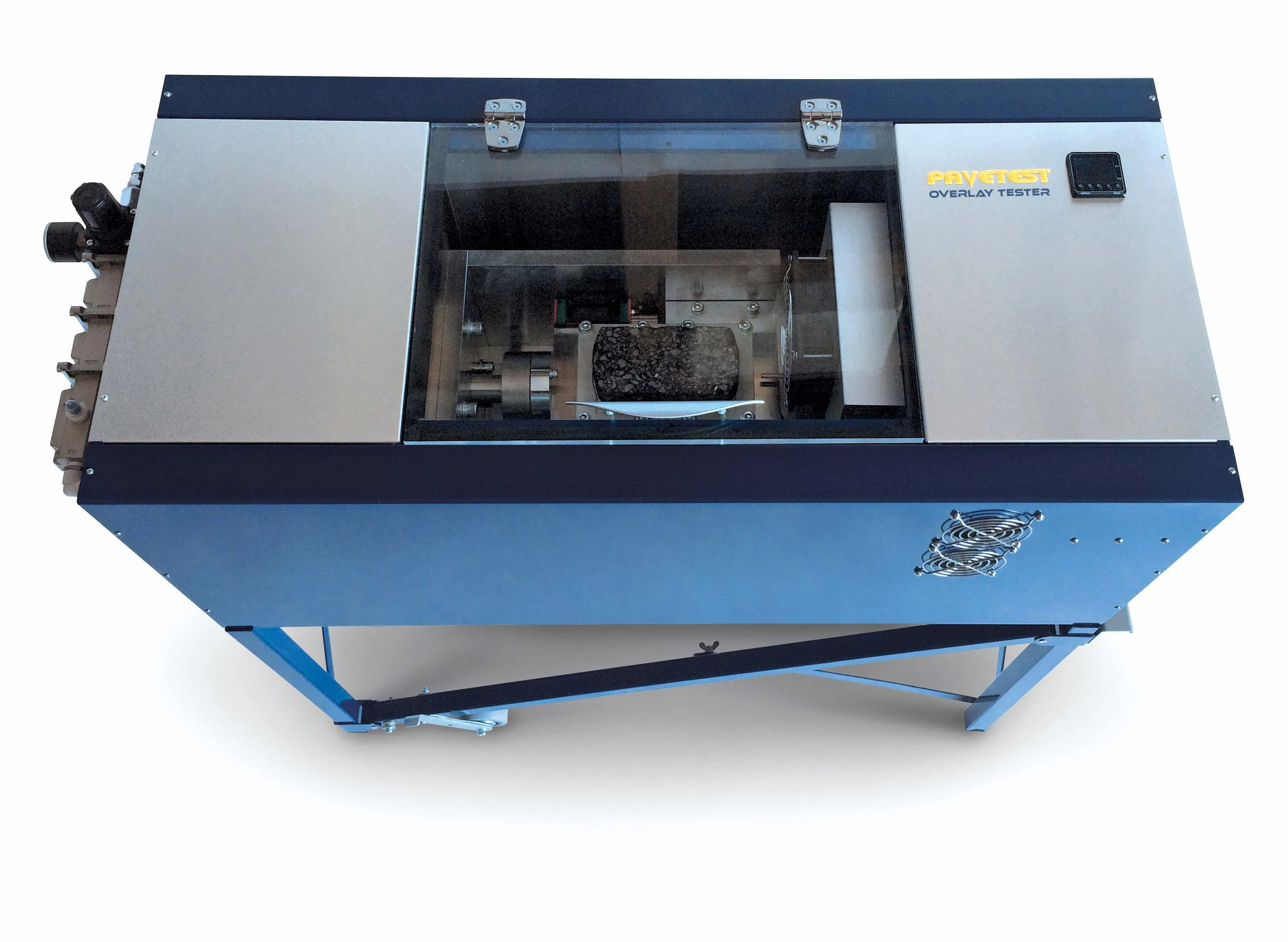Stay safe with Transpo’s Screen-Safe glare screen safety shield
Transpo says that its barrier fencing Screen-Safe glare screen safety shield protects drivers and work zone crews from headlight glare and debris. It is maintenance-free and simple to install on guardrails and concrete barriers. It is also flexible, for both permanent and temporary work zone applications. Screen-Safe is made from a double-reversed corrugated fabric, formed from hot-dipped galvanised sheet steel. The fabric is also powder-coated to provide additional protection from salt and snow. All-steel
June 10, 2019
Read time: 2 mins








